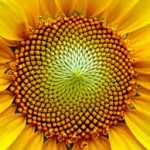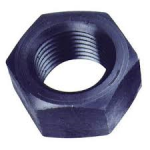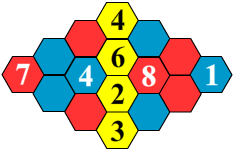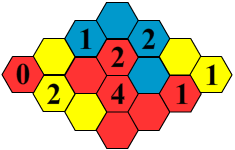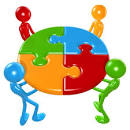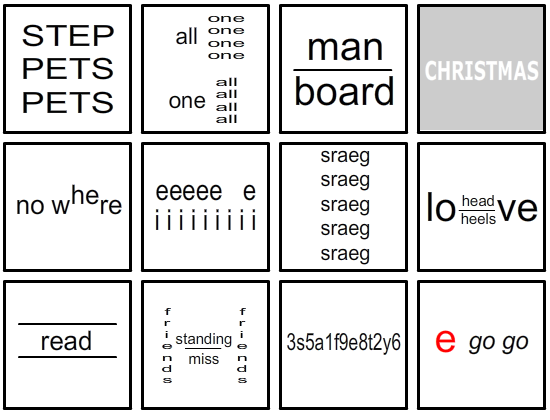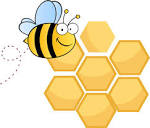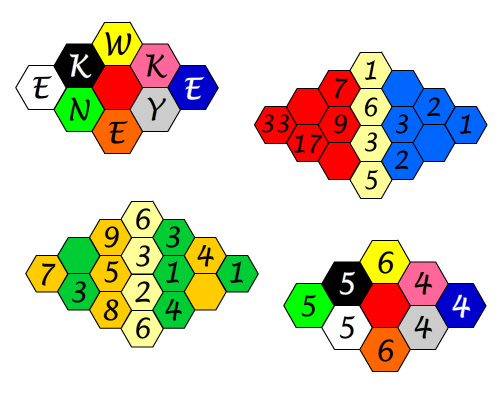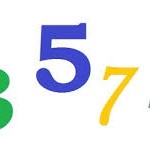
“There are three kinds of people: Those that make things happen, those that watch things happen and those that wonder what happened. ” – Agent Garbo (Juan Pujol Garcia)
Prime numbers are everywhere and they are really easy to understand. There are just two simple rules to follow:
- – a prime number is a positive integer greater than 1
- – a prime number is evenly divisible by only 1 and itself
That’s pretty straight forward. Many people assume 1 is a prime number, but by definition, it’s not. It’s important to realize and remember this when dealing with primes. Also, 2 is the only even prime number, as all other even numbers are divisible by 1, 2 and itself.
Here’s a couple of prime number puzzles to start you off.
puzzle 1: What is the smallest 2-digit prime number in which both digits are prime and their sum is prime?
puzzle 2: What is the largest 2-digit number in which both digits are prime and their sum is prime?
Let’s look at an example number, say 73. 73 is a prime number and it’s digits, 7 and 3 are both prime. However, the sum of the digits 7+3 equals 10, which is not prime. So, 73 will not work for either puzzle 1 or puzzle 2.
Once you solve the first two puzzles, you should have a good handle on prime numbers. I recommend listing all of the prime numbers less than 100. To make it a bit more challenging, let’s look at 3-digit numbers.
puzzle 3: List all 3-digit numbers that have prime numbers for all three digits.
puzzle 4: Of the numbers listed in puzzle 3, list the numbers in which the digits sum to a prime number.
puzzle 5: Of the numbers listed in puzzle 4, which of the numbers are themsleves prime?
Let’s look at an example 3-digit number, say 235. the digits, 2, 3 and 5, are all prime numbers. However their sum, 2+3+5, equals 10, which is not a prime number (so it doesn’t work for puzzle 4).
Good luck with the puzzles and have fun.


